March 18, 2025: How to Turn Big Fears into Tiny Experiments
“Crying can bring relief, as long as you don’t cry alone.”
― Anne Frank
Hi friends,
We hand-picked 3 good pieces of content for you to highlight this week. We hope they’ll help you get new ideas and perspectives.
If you want to reread or highlight this newsletter, save it to Glasp.
📚 3 Good Recommendations

Turning Big Fears into Tiny Experiments
by Anne-Laure Le Cunff (7 mins)
- Turn Fear into Actionable Experiments: Instead of being paralyzed by big fears, break them into small, manageable experiments. Incremental steps, like applying to local meetups for public speaking or writing blog posts instead of an entire book, help overcome self-doubt.
- Adopt a Scientific Mindset: View failures as data points rather than setbacks. Scientists fail repeatedly in experiments but learn from each attempt. By treating life as a series of experiments, failure becomes a tool for growth rather than something to avoid.
- Embrace Childlike Curiosity. Children naturally explore without overthinking. Apply the same mindset to personal growth: Replace fear-driven avoidance with curiosity-driven action. Start small, reflect on the results, and keep iterating without overplanning.
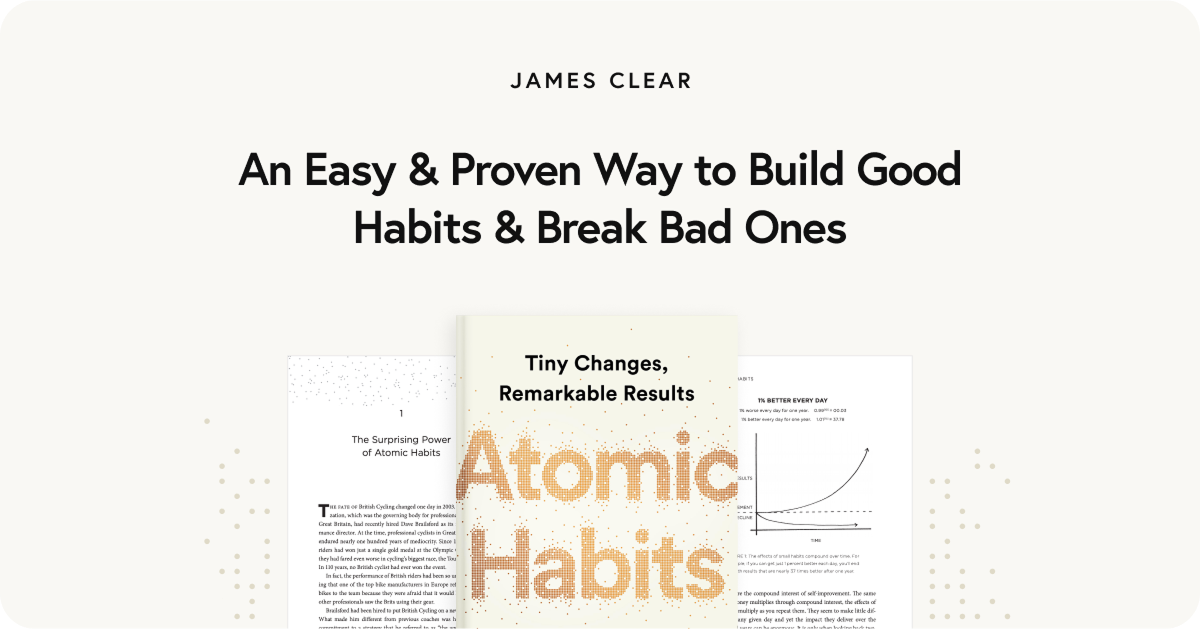
Why Facts Don’t Change Our Minds
by James Clear (8 mins)
- Beliefs and Social Connection: People often prioritize social belonging over factual accuracy. False beliefs can persist because they help individuals fit into social groups, ensuring acceptance and avoiding isolation. Changing one’s mind often means changing one’s social tribe, which can be daunting.
- The Power of Proximity and Influence: Minds are more likely to change through close relationships rather than arguments. People are more open to new ideas from those they already agree with on most topics. Effective persuasion happens gradually, with people shifting their beliefs in small steps rather than through confrontation.
- Spreading Good Ideas Instead of Fighting Bad Ones: Criticizing bad ideas often amplifies them rather than eliminating them. Instead of engaging in intellectual battles, it's more effective to promote good ideas through books, conversations, and relationships. Being kind and fostering connection is more powerful for changing minds than trying to "win" an argument.
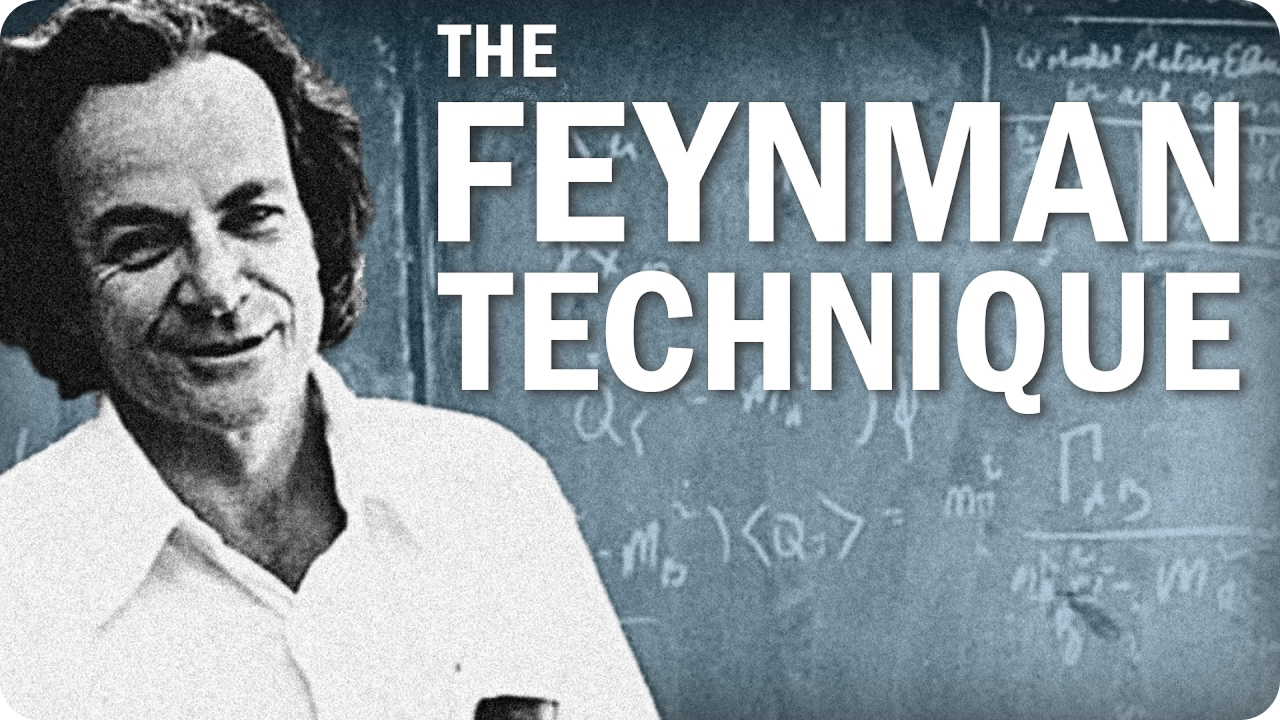
How to Learn Faster with the Feynman Technique (Example Included)
by Thomas Frank (6 mins)
- The Feynman Technique is a four-step method to improve learning by explaining concepts in simple terms, identifying gaps in understanding, and refining explanations to ensure clarity. It involves (1) writing down the concept, (2) explaining it in plain language, (3) identifying knowledge gaps, and (4) simplifying complex terms further.
- Why It Works: Inspired by physicist Richard Feynman, the technique forces learners to process information deeply by pretending to teach someone else. This helps clarify complex ideas, pinpoint weak areas, and reinforce understanding through explanation.
- Practical Application: The method is useful for any subject, from math and science to history and coding. To enhance effectiveness, learners should frame explanations as if teaching a child, encouraging deeper inquiry and challenging assumptions.
📣 Community
- 🟨 Glasp Tutorial in Vietnamese:
We have started publishing the Glasp Tutorial in Vietnamese on Blogger. If you are a Vietnamese speaker, check out the website to learn how to use Glasp effectively. Let us know if you have any feedback or questions!
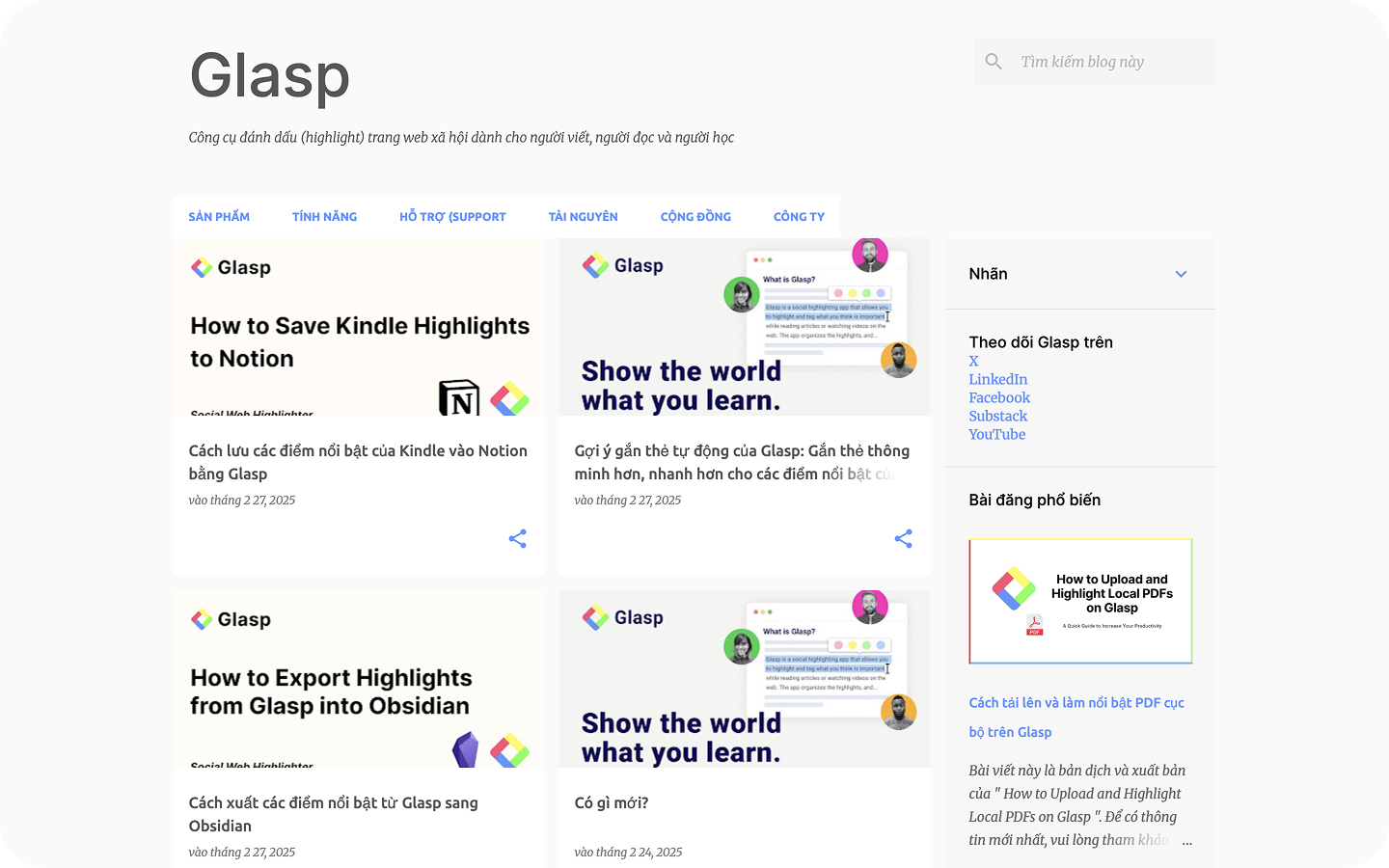
- 🟩 Glasp’s Obsidian Plugin Reaches 100 Installs:
We’re thrilled to share that our Obsidian plugin just hit 100 installs. 🎉 A big thank-you to everyone who’s tried it out and given us feedback. If you haven’t yet, be sure to check out this tutorial to see how Glasp can export highlights into Obsidian!
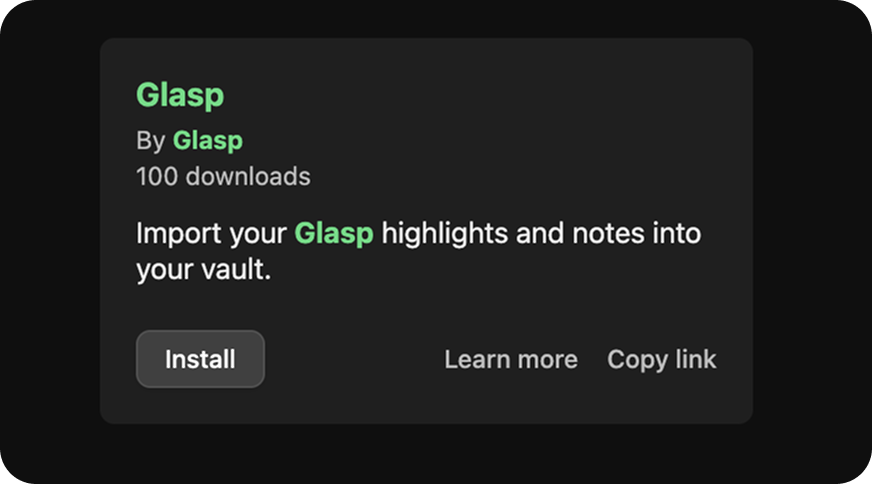
- 🟥 Glasp Talk with Shreya Kandra:
Glasp Talk features intimate interviews with luminaries who reveal their emotions, experiences, and stories. The guest, Shreya Kandra, is a writer, content strategist, and visual thinker with a profound passion for the creator economy. Recognized as a Quora Top Writer and a 5x Medium Top Writer, her works have been featured in the Thrive Global Newsletter, The Startup Publication, and Silver Lining Journal.
Are you enjoying our YouTube Summary extension?
If so, give us a 5-star rating! 👉 ☆ ☆ ☆ ☆ ☆
👀 Featured Curator on Glasp
Malcolm Mason Rodriguez
He learns business, information, startup, and more! Let’s follow him and learn together 🤝
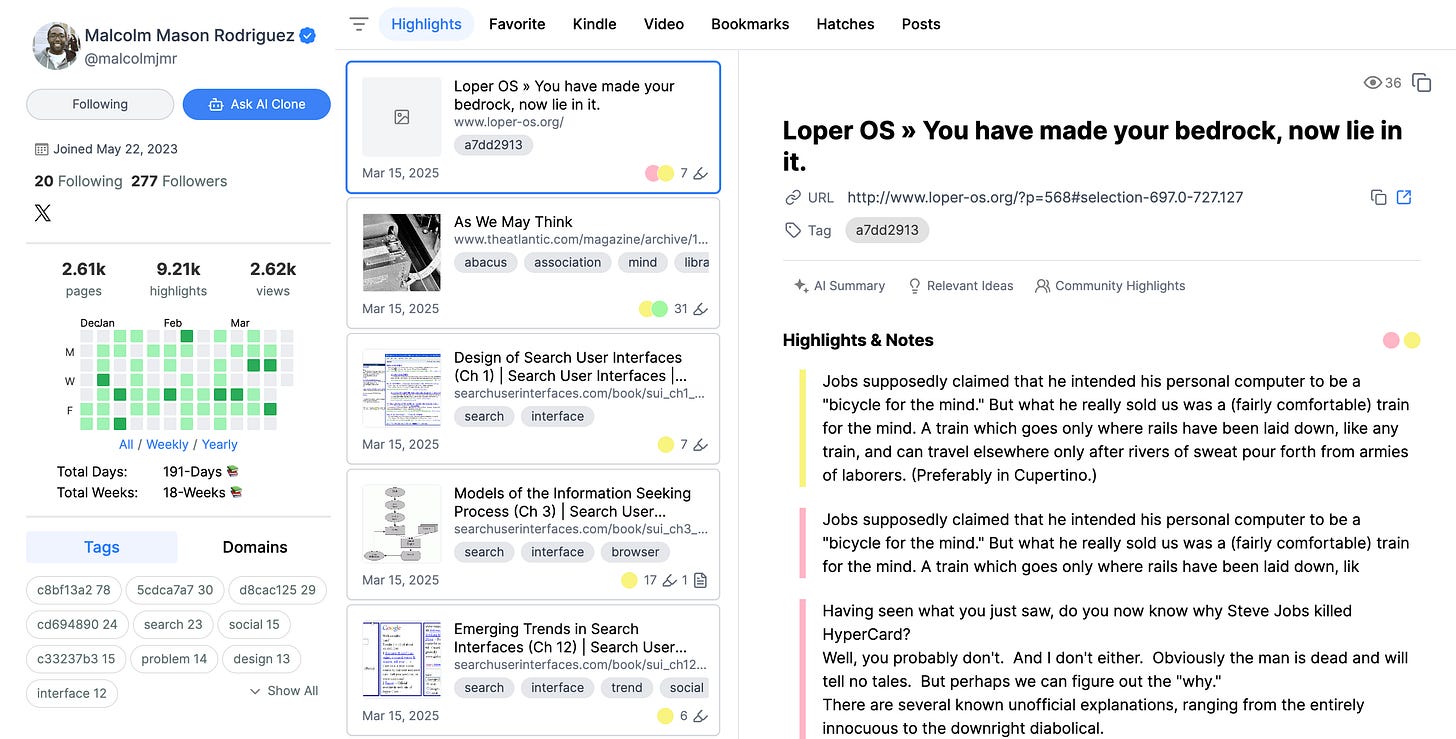
Please mention @Glasp and share your profile page on X to get featured!
❤️ Gratitude
We found some people who mentioned Glasp in their articles and blogs, and we appreciate all the kindness!
- Fastest Ever Conversational AI Moshi on AI PlanetX
- Glasp on Mentibus
- Top 10 des meilleur résumé d’IA (Top 10 Best AI Summaries) on ChatGPTFrancais
- 7 modi per utilizzare ChatGPT per il lavoro (7 Ways to Use ChatGPT for Work) on Skilla
Thank you for sharing and mentioning us on X, LinkedIn, and/or in your blogs. 🙂 We appreciate your support! Please feel free to ask us anything at any time! Also, feel free to join our Slack community ;)
We hope you enjoyed reading this newsletter!
See you next week ;)
Best,
Kei and Kazuki
--
Would you like to take Glasp on the go?
With the Glasp mobile app, you can highlight and organize your favorite content anytime, anywhere. Stay productive on the move and never miss an insightful quote.
Partner With Glasp
We currently offer newsletter sponsorships. If you have a product, event, or service you’d like to share with our community of learning enthusiasts, sponsor an edition of our newsletter to reach engaged readers.
